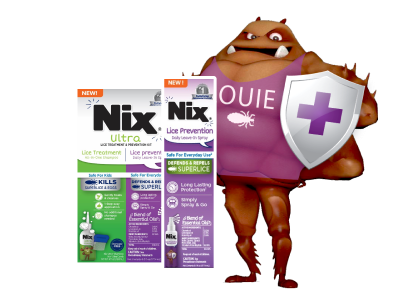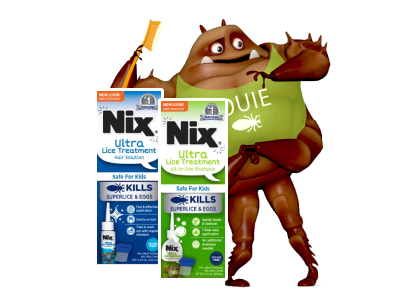
When & Where Are Kids More Likely to Get Lice?
No one wants lice in their home, so it’s good to know when lice outbreaks are more likely to occur so you can be prepared.
When Are Kids More Likely to Get Lice?
There are differing opinions on when “lice season” is—some say fall and winter, some say fall and January, and some experts say June through October and then again in January.
The answer is, there is no way to really know. So, it is helpful to know that surges in lice outbreaks are due more to human behavior than the habits or life cycle of lice. Cases of head lice tend to be more frequent when large groups of kids are consistently together for long periods of time—like in school, summer camps, and on sports teams.
Where Are Kids More Likely to Get Lice?
Head-to-head contact is the main reason lice spread from one person to another. So, when wondering where kids are more likely to get lice, the answer is wherever your kids tend to come in close contact with other children.
One of your child’s friends could come to your house for dinner without knowing they have lice and, chances are, no one in your family would get lice as a result. However, if your child and the friend spend time with their heads close together watching a movie or hanging on the couch together, the risk of spreading lice increases.
The key is to check your child’s head for lice after events where they are with groups of other children who are likely in close contact with each other. This includes:
- Sleepovers and slumber parties
- Sports activities
- Overnight camps
There is no harm checking before these events, too. When school is in session, a weekly head check should be enough unless there’s been a reported outbreak, and then you may want to increase the frequency of your head checks and be alert for head lice symptoms. Just remember, guidelines vary so you may or not be alerted of an exposure at school or camp.
Who Is More Likely to Get Lice?
Remember, head lice is not an indication of cleanliness or socioeconomic status. Anyone can get head lice though kids are more likely to bring home lice due to their activities.
In the United States each year, an estimated 6 million to 12 million children between the ages of 3 and 11 get head lice. Most commonly, head lice occur in children in daycare, preschool, and elementary school. At these ages, kids are less aware of their bodies in relation to other people and more likely to spend time in close enough contact to spread lice by sitting on a rug or pillow on the floor of the classroom.
While anyone can get head lice, cases seem to be less common in Black children. Experts suggest this is because the lice have a harder time attaching to their hair due to natural differences in shape, texture and width of the hair shaft. However, everyone should take the same preventive measures.
How to Prevent Your Child from Getting Lice
Awareness is the first step in prevention—understanding when lice infestations are more likely to occur and what signs and symptoms of lice in your child might look like so you can take action quickly. Doing lice head checks on your children when they return from overnight camp or once a week when they are in school, sports, or day camp is a good practice to adopt.
If you know there is a lice outbreak in the community, at your child’s school or in the sports league your child plays in, you can help protect your family from an infestation using lice prevention products available at your local stores. These products, such as Nix® Lice Prevention Daily Leave-In Spray, help repel lice and are typically easy to use.
For more prevention tips, read 7 Tips to Prevent Lice in School, Sports and Summer Camp and go to our Lice Prevention page.



